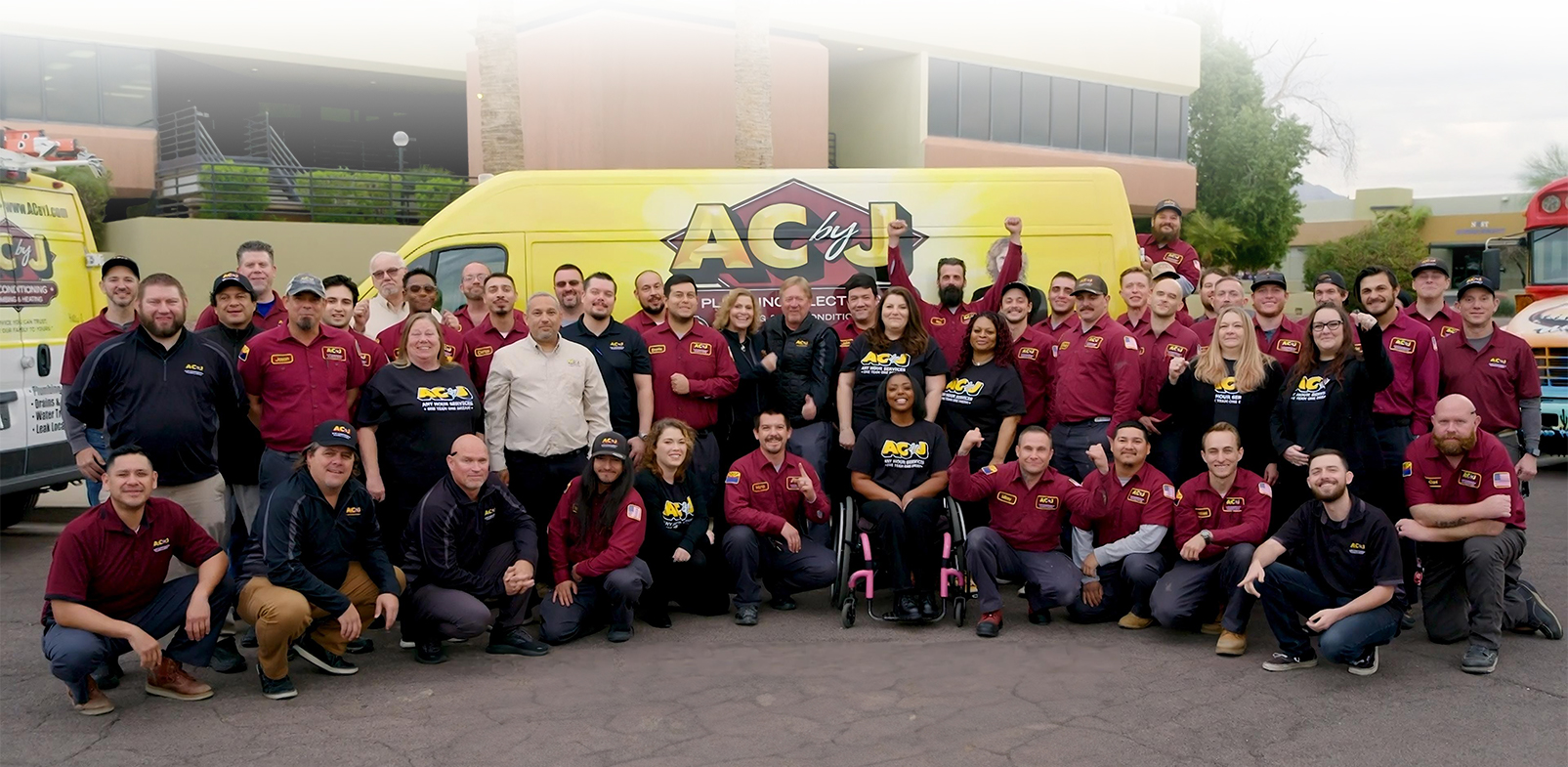If you have a gas water heater, the pilot light is one of the most essential components of the heater. This little flame helps to ignite the heater and warm your water on demand. Though pilot lights usually burn steadily without an issue, they can still go out every now and then. Some unprotected lights may blow out in a draft, or you might need to turn your light off to do repairs. Whatever the reason your pilot light went out, restarting it is usually a simple process. To get your water heater running again, all you need to do is follow these steps.
1. Check Your Water Heater’s Manual
If possible, check your water heater’s manual before you start the process. Technically, you don’t need the manual to start the pilot light. Most heaters have a fairly standard pilot light, so you always follow the same process. However, some units can be a little unique, so it’s a good idea to go ahead and check. This can help you stay safe and avoid the risk of any unpleasant accidents. If you don’t have a hard copy of your manual, you can usually find a virtual version on the water heater manufacturer’s website. Another helpful resource to look at is the side of your water heater itself. The gas regulator valve will typically have a label that tells you the right method for relighting your pilot light.
2. Turn Off Your Gas
Before you start to work on the pilot light, you will need to go ahead and turn off the gas to your water heater. This is an incredibly important step. Gas can be flammable, so you do not want it flowing around while you are working with an open flame. To turn off the gas, find the gas regulator valve. On most water heaters, this will be a small box with a few knobs near the base of the heater. Turn the gas regulator valve to reach the off position. Once you do this, wait at least five minutes. This will give the gas time to dissipate before you light your pilot light. If you continue to smell any rotten eggs, sulfur, or other gas-like scents, contact a professional and avoid trying to light the pilot light yourself.
3. Locate Your Pilot Light
One of the ways your manual can be helpful is in finding the pilot light. Most water heaters have a pilot light behind an access panel. You might need to use a screwdriver to unscrew the panel and provide access to the light. Once you reveal the pilot light, take a moment to quickly inspect it. Look at the thermocouple and wires by the pilot light to see if anything is bent, broken, or dirty. If you notice anything wrong, you may need to get repairs before you can light your pilot light.
4. Set the Water Heater to “Pilot”
Next, you will need to set your water heater to a special “pilot” mode. This mode allows just enough gas to light the pilot without adding so much gas that you risk an explosion. The way to set the pilot mode will depend on your water heater. Some gas regulator valves will have a clearly marked “pilot” position that you turn the valve to. Others might have a specific red button labeled “pilot” that you can press. If you aren’t sure how to set your water heater to the pilot mode, check your user manual to be sure. Once you turn the knob to pilot, you will need to press and hold either the knob or the button next to the knob while you light your burner.
5. Ignite Your Pilot Light
Once you have a small amount of gas flowing in your water heater, you can go ahead and ignite your pilot light. The right way to do this will depend on your model. Many newer water heaters will have a built-in ignitor. This will be a black or red button that is placed near the gas valve and labeled “Ignition.” You can push this button to automatically light the pilot light. If you don’t hear a click or see a flame when you push the ignition button, there is a chance the button is broken. When you have an older water heater or a heater with a broken ignition button, you can try to light the pilot burner manually. To do this, you’ll need to apply an open flame to the top of the pilot burner. The safest way to do this is with a long-necked lighter like the ones used for grills. Another good option is an extra-long match.
6. Continue to Press and Hold the Pilot Button
After you get a flame, do not quickly let go of the pilot button on your regulator valve. This will abruptly shut off the gas and probably make your light go out. Instead, continue to press and hold the button for about a minute. This will let the flame run long enough to heat up the safety sensor and confirm the presence of a live flame. Once the sensor is warm enough, the flame will keep running on its own. After you have waited a minute, very slowly release the knob. If your flame goes out, you’ll need to try to light the burner again while holding down on the knob for longer. If your flame keeps burning, you can move on to the next step.
7. Turn Your Gas Back On
Once you have a stable pilot flame, you can go ahead and light your entire water heater again. To do this, you just need to turn your gas regulator valve back to the “on” position. At this point, you should hear a soft “whooshing” noise. This lets you know that your main burner has ignited. After your main burner ignites, you’re almost done. You can adjust your water heater temperature settings if desired, or you can go ahead with finishing up the project. Now you will need to put your access cover back in place. Once you’ve screwed the panel back over your pilot light, it will be protected from drafts. The only thing you have left to do after this is check to see if you are getting hot water. Depending on how long your heater was off, this can take quite a few minutes.
If your pilot light is regularly going out, there might be an issue with your water heater. In this situation, it can be a good idea to have a professional examine your heater. AC by J is happy to help with all your water heater maintenance and repairs. We provide plumbing assistance throughout the Scottsdale region. Our team of technicians can also assist you with installing, servicing, and repairing HVAC systems. To schedule an appointment with us, give us a call today.






